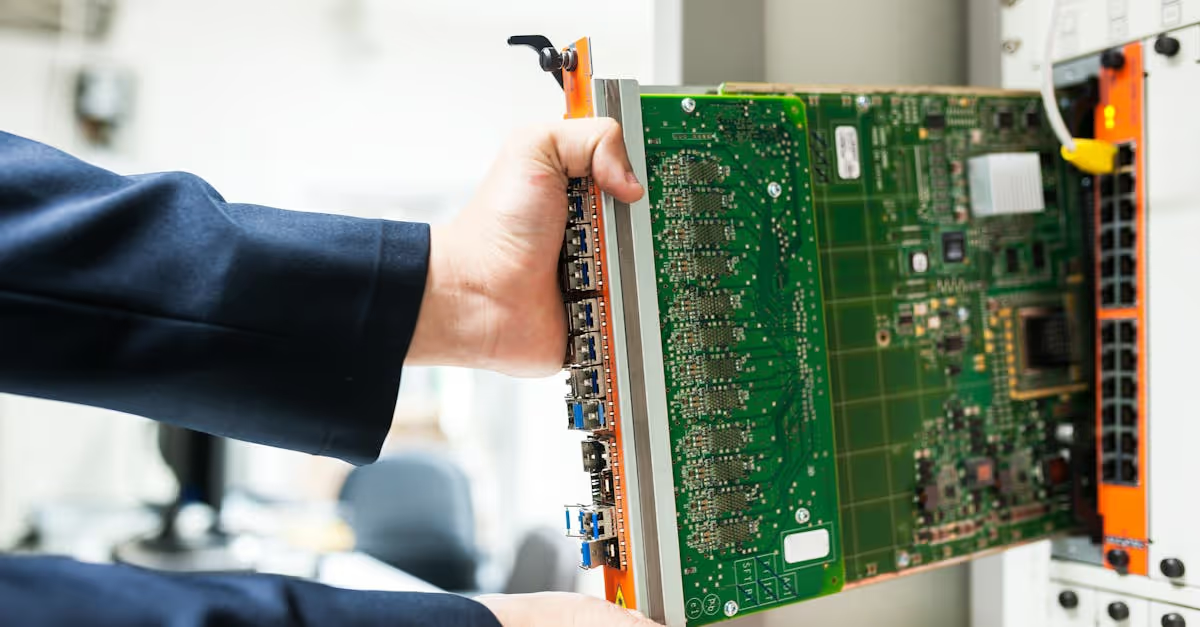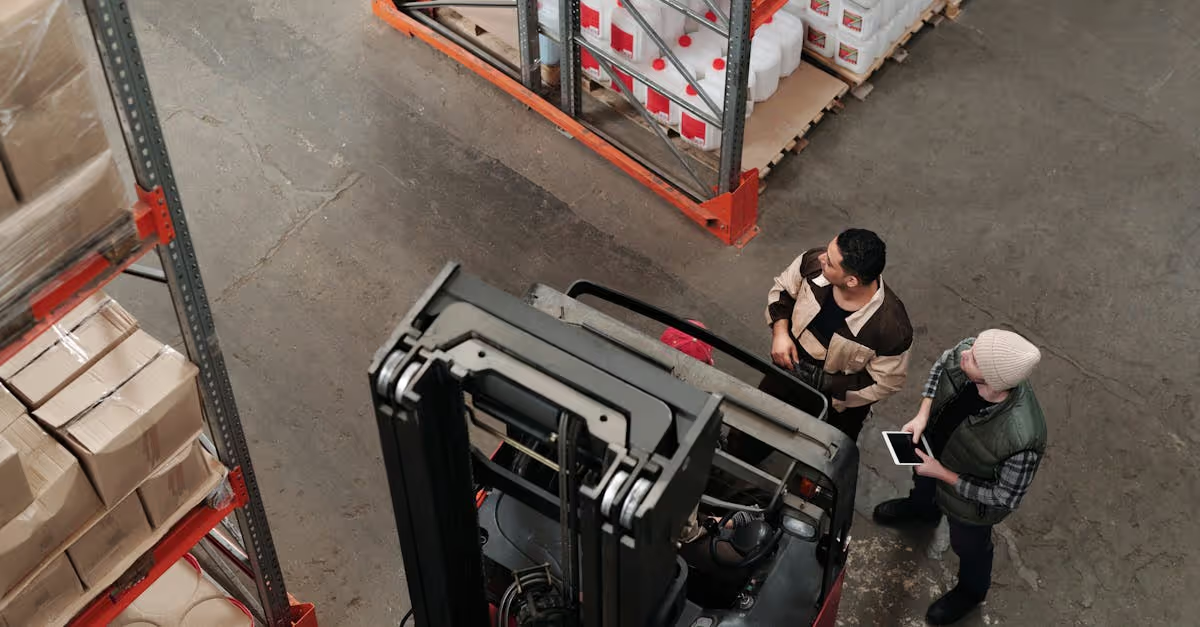Key Takeaways
- Automated Pool Management: Automation systems significantly simplify the management of pool chemicals, reducing human error and ensuring optimal water conditions.
- Types of Systems: Choose from pH controllers, chlorination systems, or integrated systems to best suit your pool maintenance needs.
- Key Features: Look for systems with real-time monitoring, user-friendly interfaces, automated alerts, and warranties for robust performance and ease of use.
- Benefits of Automation: Enjoy improved water quality, enhanced safety, and significant time and cost savings, with chemical usage potentially reduced by up to 30%.
- Installation Considerations: Proper planning, equipment gathering, and adherence to safety protocols are essential for a successful installation process.
- Regular Maintenance is Key: Maintain automation systems through routine checks and cleaning to prevent issues, ensuring long-term efficiency and reliability.
Managing pool chemicals can feel overwhelming, especially when we consider that improper balance can lead to health hazards and costly repairs. Did you know that automated systems can reduce chemical usage by up to 30%? These systems not only streamline the process but also ensure our pools remain crystal clear and safe for everyone.
Overview of Pool Chemical Automation Systems
Pool chemical automation systems simplify the process of maintaining proper water balance. By automating chemical adjustments, these systems minimize human error and help pool owners maintain safe swimming conditions efficiently.
Types of Automation Systems
We can categorize pool chemical automation systems into three main types:
- pH Controllers
pH controllers monitor and adjust pH levels automatically. They ensure optimal water balance by adding acid or base as needed.
- Chlorination Systems
Chlorination systems use various methods, such as saltwater or liquid chlorinators, to maintain safe chlorine levels. They offer consistent sanitization and require less frequent manual adjustments.
- Integrated Systems
Integrated systems combine pH and chlorination controls into a single platform. These comprehensive solutions streamline maintenance and enhance efficiency, making them ideal for busy pool owners.
Key Features to Consider
When selecting a pool chemical automation system, we should evaluate these key features:
- Real-Time Monitoring
Systems that offer real-time monitoring provide instant feedback on chemical levels. This feature helps us address issues proactively.
- User-Friendly Interface
A straightforward interface allows easy navigation and operation. Features like mobile access give us control from anywhere.
- Automated Alerts
Automated alerts notify us of any imbalances. This ensures timely adjustments and maintains safe pool conditions without the constant need for check-ups.
- Durability and Warranty
Investing in durable equipment with a solid warranty protects us from costly repairs. Quality components ensure longevity and reliability.
By understanding the types and key features of pool chemical automation systems, we can choose solutions to keep our pools safe, inviting, and enjoyable for everyone.
Benefits of Automation Systems for Pool Chemicals
Automation systems for pool chemicals offer substantial benefits that enhance pool ownership. They simplify management, promote safety, and save time and money.
Improved Water Quality
Automation systems significantly improve water quality. They constantly monitor pH levels and sanitizer concentrations, adjusting chemical doses in real-time. Consistency protects both swimmers and equipment from harm, making our pools safe and enjoyable.
We enjoy crystal-clear water when using automated systems. Instead of performing frequent manual checks, we can relax knowing these systems take care of the chemistry. For instance, an automated chlorine feeder maintains chlorine levels precisely, allowing us to swim without worries about chemical imbalance.
Time and Cost Efficiency
Automation leads to impressive time and cost savings. It cuts down on manual labor and reduces unnecessary chemical usage, which can drop by up to 30%. This efficiency translates into lower costs for pool maintenance.
We can spend significantly less time on pool upkeep. Systems like mobile workforce management tools also help pool service professionals schedule and manage jobs efficiently. This streamlined approach allows us to allocate our resources better and respond to customer requests swiftly, enhancing engagement.
The result? More swimming and less worrying—who wouldn’t want that? We all enjoy the benefits of automated solutions pushing our pool maintenance into a new era of ease.
Installation Process of Automation Systems
Installing an automation system for pool chemicals involves thoughtful planning and systematic execution. We navigate this process step by step to ensure a smooth setup and optimal performance.
Pre-Installation Considerations
Before diving into installation, we assess several factors. First, check the pool's size and type, since these traits affect the choice of automation system. It's essential to verify existing plumbing and electrical systems for compatibility. We also consider the local climate, as weather impacts chemical demands. Budget constraints play a role too; outlining expected costs prevents surprises later. It’s wise to consult manufacturer guidelines and possibly an expert for tailored advice. Any questions about specific features that suit our needs? Also, remember that some companies offer mobile workforce management to assist in the setup process, streamlining our efforts.
Step-by-Step Installation Guide
- Gather Equipment: We gather all necessary tools and equipment. This list often includes waterproof connectors, mounting brackets, and basic hand tools.
- Shut Down Power: We turn off the power supply to prevent electrical issues during installation. Safety first!
- Mount the Unit: We securely mount the automation unit near the pool’s filtration system, ensuring good access for future adjustments.
- Connect Sensors: We carefully connect the pH and chlorine sensors to the automation system. Accuracy in these connections ensures reliable readings.
- Wiring: We follow the manufacturer's wiring diagram to connect power lines and communication cables. Following this precisely is crucial for functionality.
- Testing: After everything's connected, we power the unit back on and run a series of tests. This step checks for proper operation and calibration.
- Adjust Settings: We customize the settings based on the pool's chemical balance requirements. Inputting these preferences optimizes the automation’s efficiency.
- Finalize Installation: After confirming everything works correctly, we finalize the installation by double-checking connections and securing loose cables.
Maintenance of Automation Systems
Maintaining automation systems is essential for optimal pool performance. Regular upkeep prevents issues that can arise from neglect, keeping the pools safe and inviting.
Routine Maintenance Tasks
Regular maintenance tasks include checking chemical levels and cleaning sensors. Let's look at some specific actions we can take:
- Test Water Chemistry: We test the water at least once a week to verify pH levels and chlorine concentration. This checks helps catch imbalances early.
- Clean Sensors: We clean sensors regularly to maintain accuracy. Dirty sensors can lead to incorrect readings and unnecessary adjustments.
- Inspect Equipment: We inspect the automation unit and plumbing connections. Look for visible damage or leaks to avoid bigger problems down the line.
- Replace Parts: We replace filters and other worn parts as needed. This keeps systems in good working order and prolongs lifespan.
- Firmware Updates: We check for software updates periodically. Updating can improve performance and security features.
By sticking to these tasks, we create a more efficient maintenance plan that reduces hassle.
Troubleshooting Common Issues
Even with routine care, issues can pop up. Here's how we address some common problems:
- Incorrect Readings: If our automation system shows unusual readings, we first check sensor cleanliness. A quick cleaning often resolves the issue.
- System Alerts: Systems may trigger alerts for low chemical levels even after testing shows they’re fine. We reset the system to see if it persists.
- Intermittent Issues: If we notice sporadic failures, inspecting all wiring connections can help spot loose or corroded connections.
- Communication Problems: Automation units may lose Wi-Fi connection. Restarting the unit or router can restore communication quickly.
- Unexpected Shutdowns: If the system shuts down unexpectedly, we check for blown fuses or tripped circuit breakers. This often reveals electrical issues we can address.
Conclusion
Embracing automation systems for managing pool chemicals transforms our pool ownership experience. With the ability to maintain optimal water quality while reducing manual labor and costs we can focus on enjoying our pools rather than stressing over maintenance.
As we consider installation and maintenance we should prioritize systems that offer real-time monitoring and user-friendly features. Regular upkeep is essential to ensure these systems function at their best.
By investing in automation we not only enhance our swimming experience but also contribute to a safer and healthier environment for ourselves and our loved ones. Let’s take the plunge into smarter pool management and enjoy the benefits it brings.
Frequently Asked Questions
What are the challenges of managing pool chemicals?
Managing pool chemicals can be challenging due to the need for precise balance to ensure water safety and clarity. Improper chemical levels can lead to health risks, equipment damage, and increased costs for chemical products. Regular testing and adjustments are required to maintain the right conditions.
How can pool automation systems help?
Pool automation systems help by continuously monitoring and adjusting chemical levels, reducing the need for frequent manual checks. They can decrease chemical usage by up to 30%, enhance water quality, save time, and minimize human error, ensuring a safer swimming environment.
What types of pool automation systems are there?
There are three main types of pool automation systems: pH controllers, chlorination systems, and integrated systems. Each type offers unique advantages, such as precise chemical balance, user-friendly interfaces, and the ability to manage multiple aspects of pool maintenance efficiently.
What features should I consider when choosing a system?
When selecting a pool automation system, consider key features such as real-time monitoring, user-friendly interfaces, automated alerts, and durability with warranties. These features ensure ease of use, reliability, and long-term performance.
How is the installation process for pool automation systems?
The installation process involves several steps: assess the pool's size and existing plumbing, gather necessary equipment, shut down power for safety, mount the unit, connect sensors and wiring, test the system, adjust settings, and finalize installation according to the manufacturer’s guidelines.
What maintenance is required for automation systems?
Regular maintenance for automation systems includes testing water chemistry, cleaning sensors, inspecting equipment, replacing worn parts, and performing firmware updates. Routine upkeep is essential to ensure optimal performance and longevity of the system.
How can I troubleshoot common pool automation issues?
Common issues like incorrect readings, system alerts, and unexpected shutdowns can often be resolved by checking sensors, recalibrating the system, ensuring proper connections, and updating firmware. Having a troubleshooting guide can help identify and fix these problems quickly.






